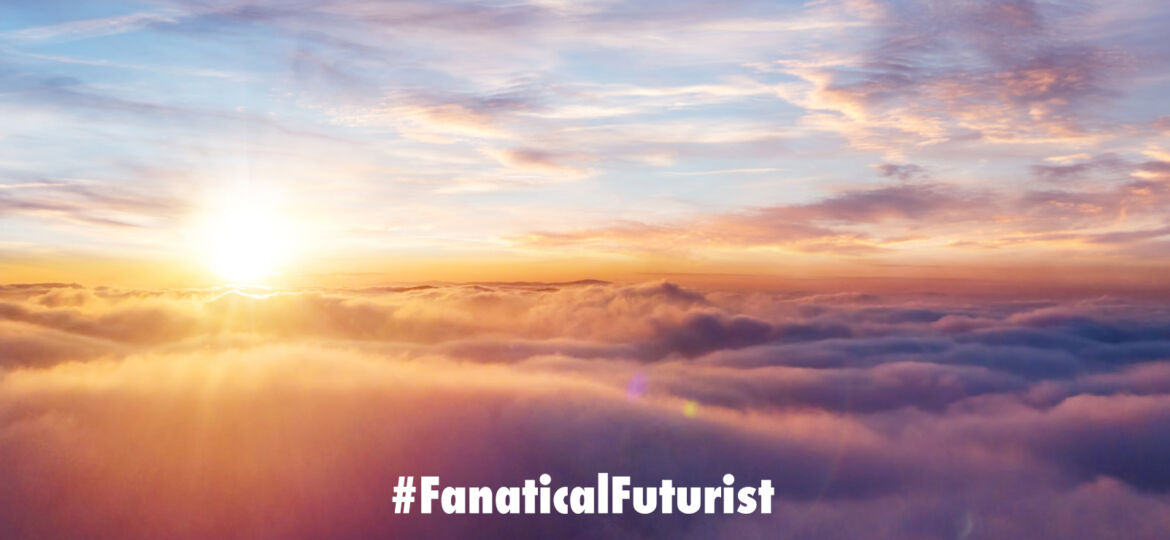
WHY THIS MATTERS IN BRIEF
Creating Soya and other protein products has a huge environmental impact, food literally made from air eliminates that.
 Interested in the Exponential Future? Join our XPotential Community, connect, watch a keynote, or browse my blog.
Interested in the Exponential Future? Join our XPotential Community, connect, watch a keynote, or browse my blog.
There’s a food revolution going on – whether it’s plant based meat, which let’s face it is just veg, or whether it’s the ability to feed the entire planet by taking just a single cell from a single feather from a single chicken called Ian, or lab made steaks. And now, as though the world of food can’t get any weirder, and following on from another article where I talked about “meat” made from thin air, literally, Finnish scientists from Solar Foods have announced that their protein products made from air will soon be able to compete head to head with traditional Soya on price in under a decade.
The protein in question is produced from soil based bacteria that are fed hydrogen which split from water using electricity, and it’s an old NASA recipe after it was originally designed as a way to create food in space without the need to transport it there first. The researchers say if the electricity comes from solar and wind power, the food can be grown with near-zero greenhouse gas emissions. And, if their dreams are realised it could help the world tackle many of the problems associated with farming.
An introduction to Solar Foods
So far the company has attracted over 5.5m euros of investment, and they predict, depending on the price of electricity which is rapidly dropping to zero with advances in renewable energy, especially solar power, that their costs will roughly match those for soya production by the end of the decade – perhaps even by 2025.
The precious protein flour, which is called Solein, tastes of nothing, which is what the scientists have planned, and they want it to be used as a neutral additive to all sorts of foods.
For example, it could mimic palm oil by reinforcing pies, ice cream, biscuits, pasta, noodles, sauces or bread, and much more, and their inventors say it can be also used as a medium for growing cultured meat or fish. It could also be used to feed cattle to save them eating soya raised on rainforest land.
However, even if things go according to plan, which, of course they may not, it will likely be many years before the protein production can be scaled up enough to meet global demand, but that said, once the product quality and the costs are right then all that’s left to solve is the issue of manufacturing and that’s arguably not too hard a feat to overcome – especially when you consider the sci-fi like nature of being able to literally create food from thin air.

















Just a comment on scalability. Using already existing technology for CO2 capture and conversion to methanol, which is then used to grow feed-grade bacteria would require on the order of one thousand times less surface area than soy cultivation (see https://www.frontiersin.org/articles/10.3389/fsufs.2019.00032/full). The geographical footprint of CO2 capture and methanol synthesis could probably be further compressed since my published estimates are based on data from pilot plants.
Thanks Tomas, great information and great insights, I believe the company will soon be moving to commercial production so it’ll be exciting to see how they get on